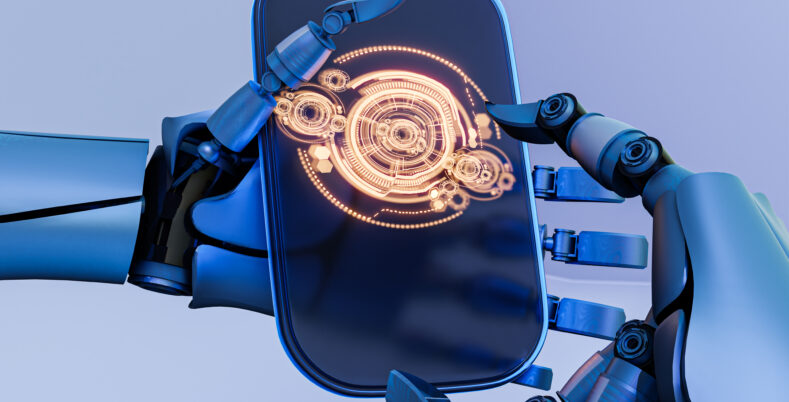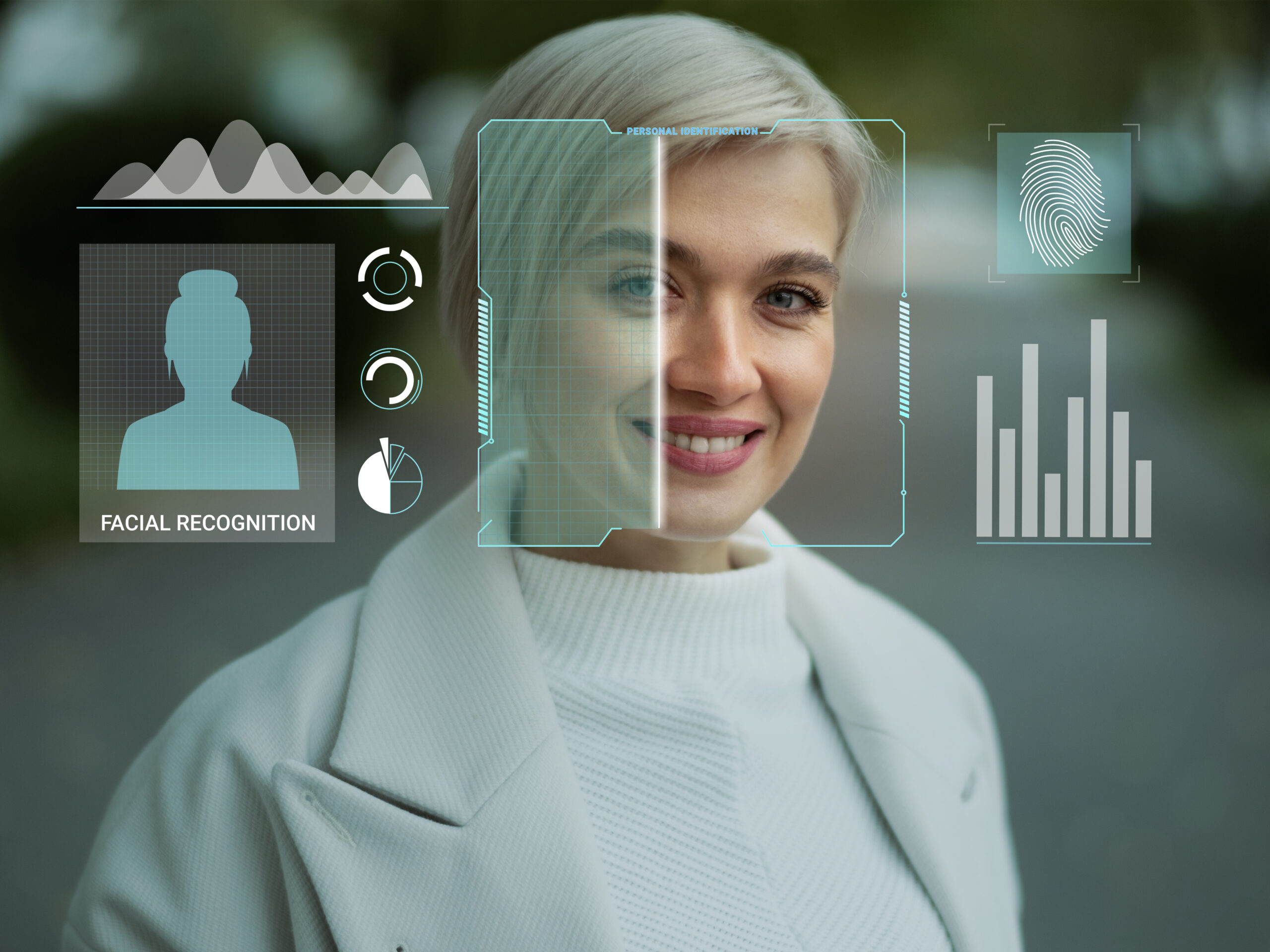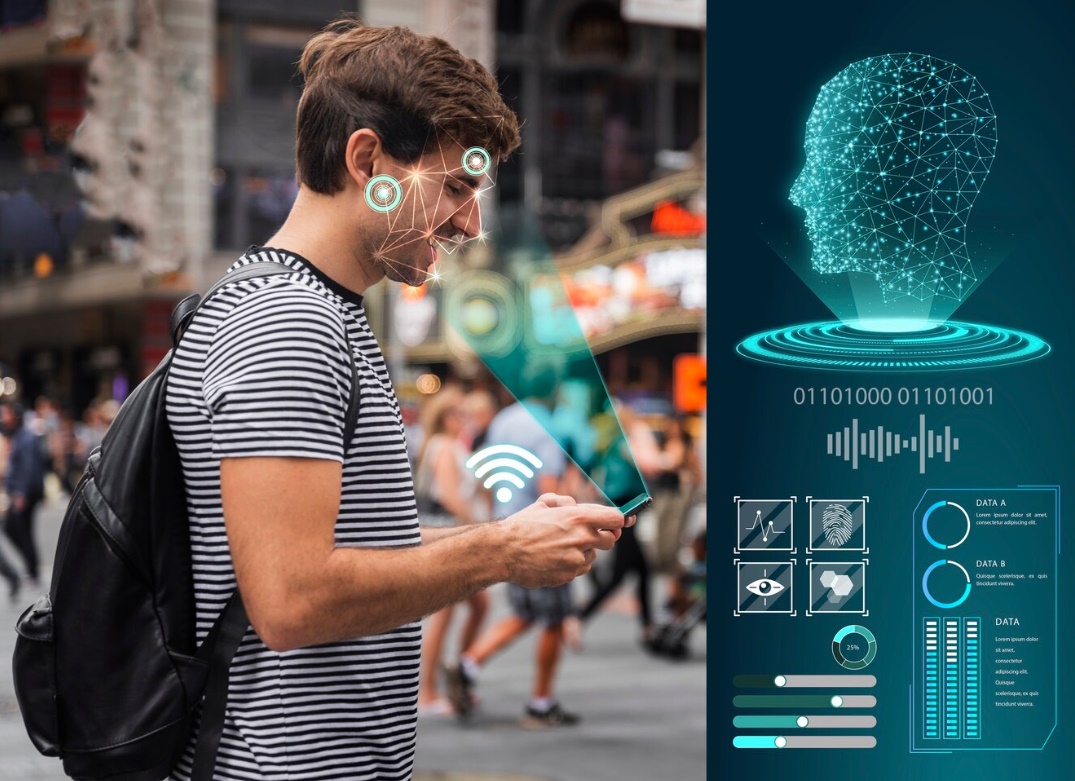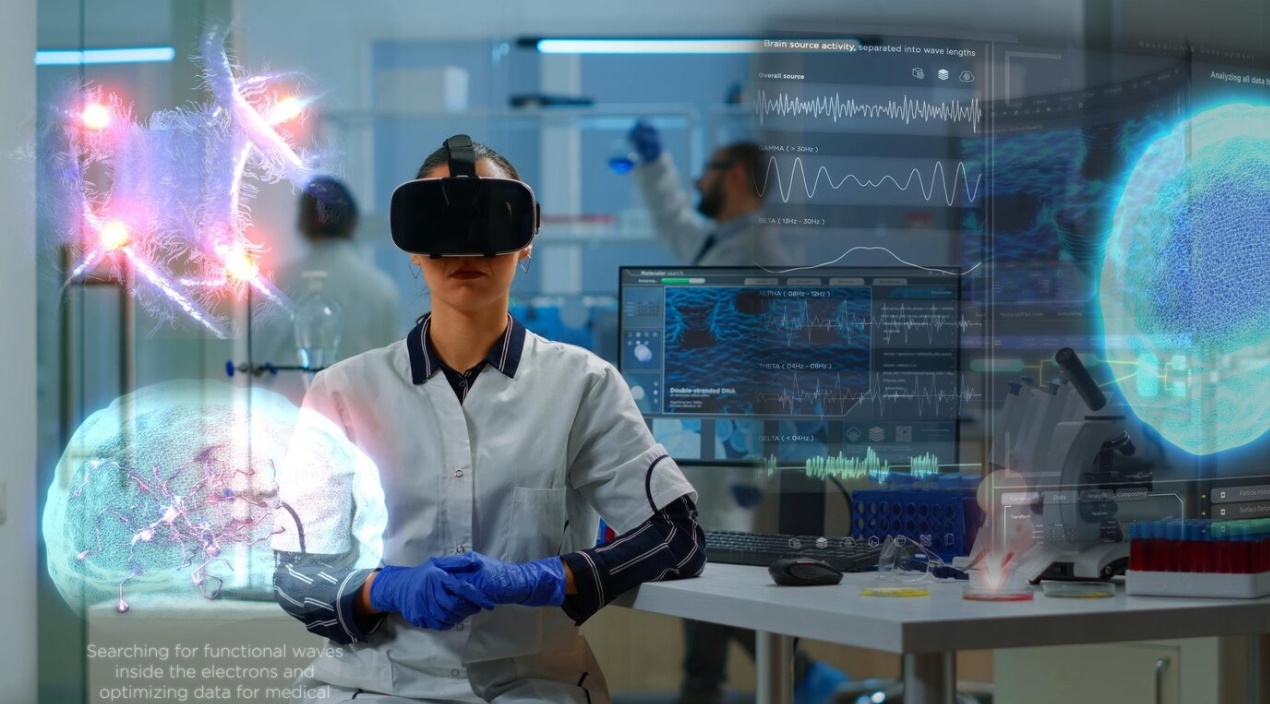Deepfake technology is an outcome of excessive practice of machine learning and artificial intelligence. It has been meticulously crafted utilizing advanced machine learning models
Machine learning (ML) is a process where algorithms are constructed to assess and recognize patterns in offered datasets. Following this, ML implements the patterns to solve queries. It aims to offer solutions with minimal mistakes.
Similarly, deepfake technology follows a process of learning and implementing patterns to create fake and artificial media pieces. The method it abides by is continuous one that intends to eliminate minor chances of mistakes.
The primary models and algorithms of synthetic media creation leverage are basically ML and DL-based. This blog shall shed light on the role of machine learning in deepfake technology.
How Does Machine Learning Work?
Machine learning (ML) is nothing but a contribution of technological advancement and AI that is determined to offer human-like solutions to proposed challenges. For this purpose, the mechanism processes huge amounts of relevant data and identifies particular patterns or associations. The significance of machine learning in deepfake is remarkable as the latter follows the core procedures of the former.
ML is a complete data-driven methodology that can operate on automation with limited human intervention. However, it is also essential to mention that humans can take a longer time to read and understand complex data, whereas ML can evaluate data quickly. There are two broad types of ML:
Supervised learning: In supervised machine learning, data scientists insert certain labels as per which the technology categorizes data variables.
Unsupervised learning: It doesn’t need labels to categorize data, rather identifies unique patterns in the large datasets without any labels.
ML follows a strategic methodology of data collection, preparation, exploration, visualization, model or label creation, model deployment, pattern identification, and monitoring outcome. It can be beneficial for organizations and individuals for data analytics. However, machine learning in deepfake technology can cause advanced synthetic media creation.
How Does Deepfake Technology Work?
Deepfake technology depends on two major machine learning models or algorithms- generator and discriminator. These algorithms follow the primary methodology of machine learning that is processing data, detecting patterns, deploying patterns, measuring outcomes, and refining mistakes.
The generator processes an image or video to track patterns in it and create a new file, including fake elements. For this purpose, the specific algorithm analyzes the facial and bodily attributes or features of the subjects in the file. Following that, the discriminator scrutinizes the new file to detect mistakes in it. The generator then refines its outcome.
The algorithms operate continuously to eliminate gaps in the synthetic media file so that the audience does not trace its fakeness. Therefore, the role of machine learning in deepfake creation is very crucial.
The manipulative results of deepfakes or synthetic media can cause huge cybersecurity risks such as identity theft, social defamation, fraud, and others. Alongside personalities and individuals, deepfake can impact their organizations as well.
'
Machine Learning in Deepfake Technology:
The chief mechanisms in creating deepfakes are basically machine learning models such as GAN, convolutional neural networks, autoencoders, natural language processing, and high-performance computing.
Machine learning in deepfake bears great importance. The common quality of machine learning is to learn and relearn patterns in datasets to offer advanced solutions. Similarly, synthetic media also focuses on detecting patterns in media files to create flawless fake images and videos. Hence, we can comment that deepfakes wouldn’t have existed without machine learning models.
For advanced AI and ML implementation, deepfake images are high quality with fewer gaps to detect artificial elements. That is why, while people circulate them, viewers fail to identify whether they are real or synthetic.
Summing Up!
Alongside ML, deepfake technology also leverages deep learning, which is an advanced form of the former. The ever-evolving technological spectrum defines how mechanisms like deepfake can progress in the upcoming years. Additionally, the use of machine learning in deepfake creation will be equally enhanced. Therefore, to keep digital identity safe, individuals must know about synthetic media as well as ML. Check out our blogs for elevating your understanding of technologies like deepfake.
Read More: Applications of Deepfake Technology: Positives and Dangers








